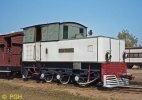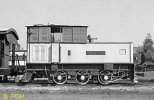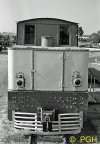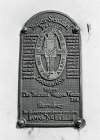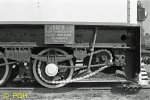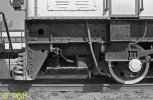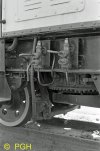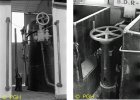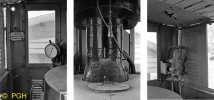PhilH
Western Thunderer
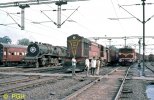
Platforms on Indian Railways were sometimes used for more than just getting on and off a train as here at Agra Cantt Station - people selling fruit, cooking, washing - themselves and their clothes.
People in India always seemed ready to have their photos taken, but its not so often you get them so neatly arranged ! The shed staff and others assembled on the turntable at Nadiad, the junction of a 2'-6" gauge line with the broad gauge north of Baroda. The turntable is worthy of note, and the inscription carefully picked out in white paint reads "BB&CIR, Ormerod Grierson & Co., Engineers, Manchester, 1874".
BB&CIR was the Bombay, Baroda & Central India Railway. Ormerod Grierson & Co. had a works known as the St.George's Ironworks, off Hulme Hall Road, Hulme, in South Manchester, situated between the adjacent railway viaduct and the Bridgewater Canal. The works is long gone of course and the land now occupied by a block of flats. The loco by the way is a Bagnall 0‑6‑4T which you might see a bit more of later.
Miniature Railway in a park at Baroda. The prototype the loco may be based on seems vaguely familiar. Unfortunately I didn't note the gauge or the name on the loco, although like the writing on the tender the name may have been in Hindi.
One notable feature usually missing from Indian steam loco depots was the coaling stage, tenders being usually replenished with manual labour or occasionally with the aid of a steam crane. This is metre gauge Class YG 2-8-2 No.3114 being coaled at the Delhi metre gauge loco depot, where a couple of ladders, wicker baskets and plenty of labour suffice.
At the broad gauge KKF Loco Depot in Ahmedabad, Class WP 4-6-2 No.7696 was being coaled using a portable staircase. The tenders of these locos take up to 17 tons of coal, so downtime while the tender is being filled must have been considerable.
Conversely at the nearby metre gauge Sabarmati Loco Shed in Ahmedabad the rather smaller tender of YB 4-6-2 No.30029 is coaled with a steam crane equipped with a clamshell bucket.

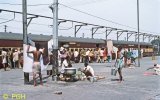
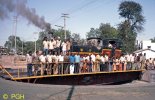
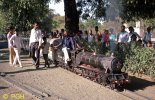
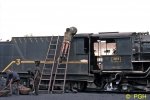
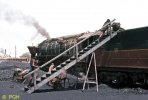
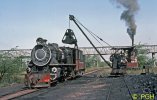
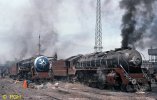
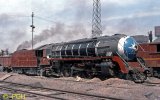

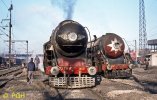
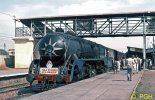
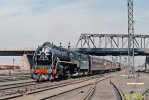
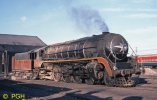
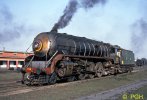
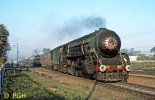
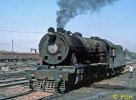
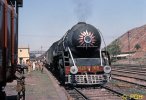
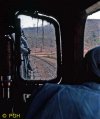
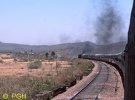
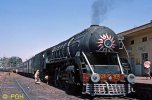
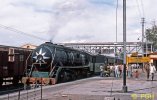
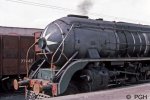
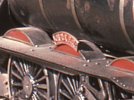
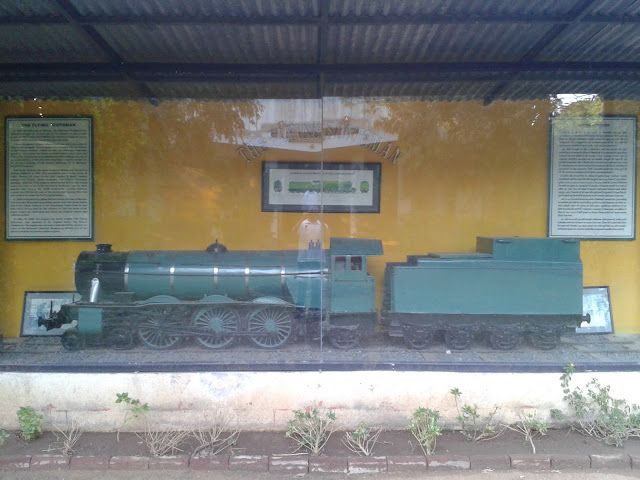
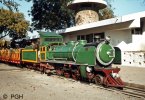
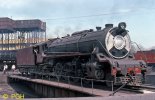
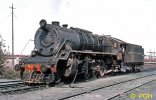
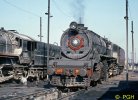
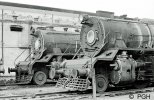
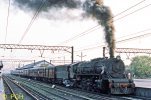
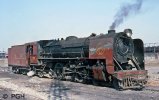
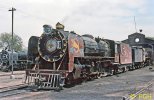
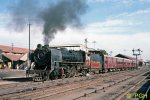
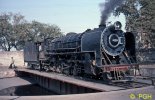
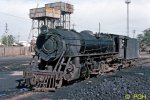
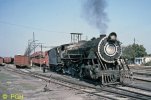
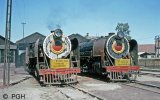
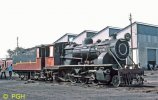
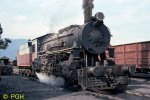
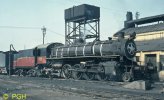
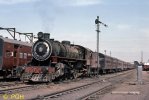
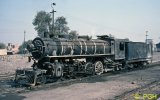
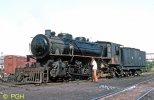
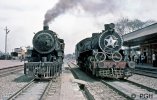
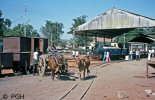
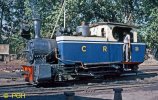
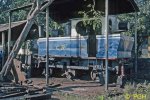
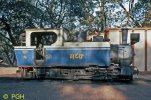
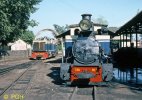
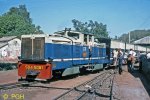
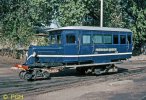
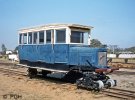
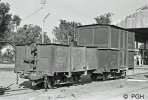
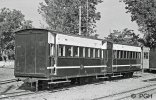
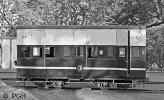
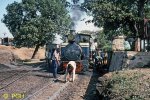
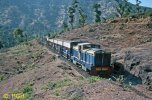
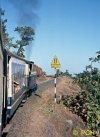
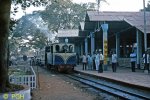
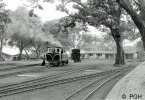
 .
.